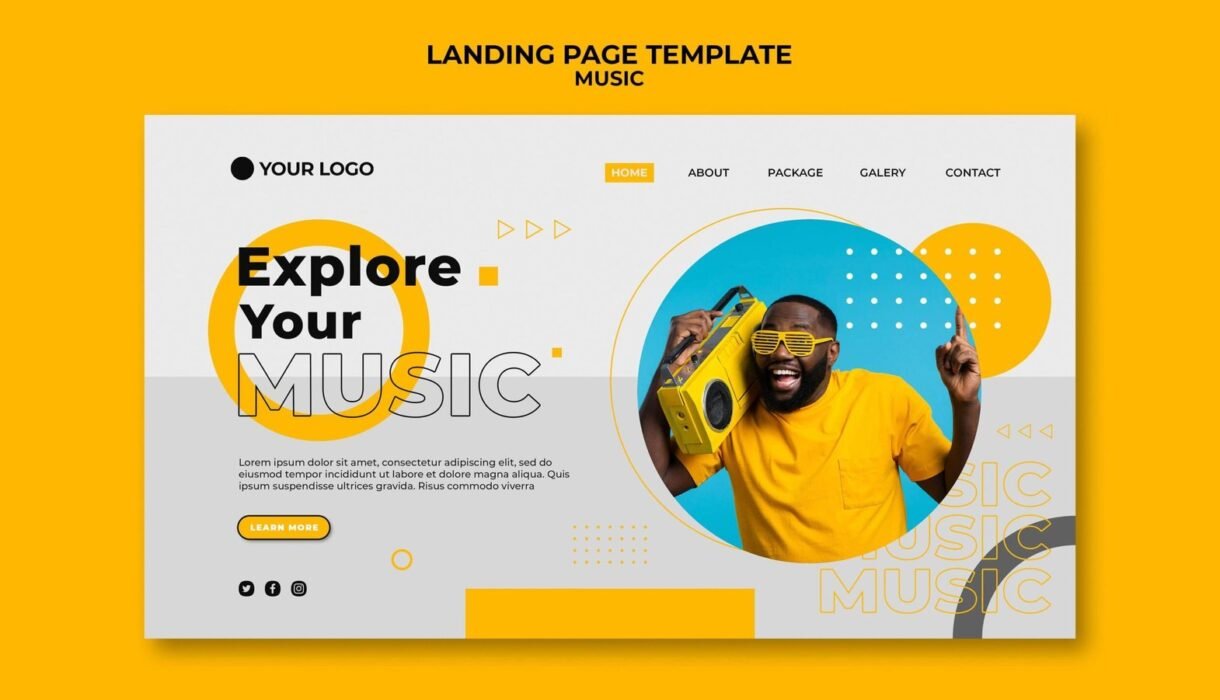
The Impact of Design on User Experience: Unveiling the Magic Behind Visually Appealing Websites
Posted in :
In the vast realm of the internet, where attention spans are shorter than ever, the importance of a visually appealing website cannot be overstated. Did you know that a visually appealing website can increase user engagement by a staggering 50%? In this article, we will delve into the fascinating world of web design and explore its profound impact on user experience. So, buckle up as we embark on a journey to unravel the magic behind creating a website that captivates users and keeps them coming back for more.
Understanding the Basics: What Constitutes Visually Appealing Design?
Before we dive into the impact of design on user experience, let’s grasp the fundamentals of what makes a design visually appealing. Think of it as a blend of colors, typography, images, and layout that not only catch the eye but also convey a brand’s personality. It’s like the first impression you get when you enter a well-decorated room – visually pleasing and inviting.
Capturing Attention with a Seamless User Interface
A user-friendly interface is the gateway to a positive user experience. Imagine navigating a website that feels like a maze – frustrating, right? A well-designed interface, on the other hand, guides users effortlessly through the content, ensuring a seamless and enjoyable journey. Navigation, therefore, plays a pivotal role in retaining visitors and encouraging them to explore further.
The Psychology of Colors: More Than Meets the Eye
Colors are more than just aesthetic choices; they wield the power to evoke emotions and influence decisions. For instance, warm colors like red and orange can create a sense of urgency, while cool colors like blue and green instill calmness. Understanding the psychology of colors enables designers to craft a website that resonates with the intended audience, leaving a lasting impression.
Typography Matters: Enhancing Readability and Accessibility
In the realm of web design, the choice of typography is a subtle yet influential element. Clear and readable fonts not only enhance the overall aesthetics but also contribute to accessibility. Websites that prioritize legibility make information easily digestible for users, ensuring that they stay engaged without feeling overwhelmed.
Mobile Responsiveness: Design for Every Device

In an era dominated by smartphones, the importance of mobile responsiveness cannot be overstated. A visually appealing website should adapt seamlessly to various devices, providing users with an equally delightful experience whether they’re accessing it on a desktop, tablet, or mobile phone. Google’s algorithms also favor mobile-friendly websites, making it a crucial factor for search engine optimization (SEO).
Visual Storytelling: Connecting Emotionally with Users
Humans are inherently drawn to stories, and the same applies to web design. Incorporating visual storytelling elements into a website creates a connection with users on a deeper level. Whether through captivating images, engaging videos, or compelling graphics, visual storytelling reinforces the brand’s narrative and leaves a memorable imprint on visitors.
Loading Speed: The Need for Speed in the Digital Age
Picture this: you stumble upon an intriguing website, but it takes ages to load. Frustrating, right? Users today expect lightning-fast loading times, and search engines reward websites that deliver. Optimizing image sizes, leveraging browser caching, and using Content Delivery Networks (CDNs) are just a few strategies to enhance loading speed, ensuring that users stay engaged rather than bouncing away.
Accessibility: Designing for All Users
An inclusive website is a user-friendly website. Prioritizing accessibility in design ensures that individuals with disabilities can navigate and interact with the content seamlessly. From alt text for images to keyboard-friendly navigation, accessibility not only broadens the reach of a website but also aligns with ethical design practices.
Social Media Integration: Amplifying Reach and Engagement
In the interconnected digital landscape, social media plays a pivotal role in amplifying a website’s reach. Integrating social media buttons, sharing options, and embedding feeds not only enhances user engagement but also contributes to a website’s visibility on various platforms. A visually appealing website, when shared across social networks, becomes a powerful tool for organic growth.
SEO Magic: Unleashing the Power of Search Engine Optimization
Now, let’s address the elephant in the room – SEO. Beyond the aesthetics, a well-designed website has the potential to soar in search engine rankings. From optimizing meta tags and headers to creating a sitemap, incorporating SEO best practices ensures that search engines recognize and prioritize your website, driving organic traffic and boosting visibility.
Conclusion: Designing for Delight and Impact
In conclusion, the impact of design on user experience is profound and multifaceted. A visually appealing website not only captures attention but also influences emotions, guides navigation, and enhances overall satisfaction. By prioritizing elements like user interface, colors, typography, mobile responsiveness, visual storytelling, loading speed, accessibility, social media integration, and SEO, you’re not just creating a website – you’re crafting an immersive digital experience.
As you embark on your journey to create or enhance a website, remember that the magic lies in the details. Every color choice, font selection, and navigational feature contributes to the tapestry of user experience. So, dare to be bold, embrace creativity, and let your website be a testament to the seamless marriage of design and functionality. After all, in the digital landscape, where first impressions matter, a visually appealing website is your gateway to capturing hearts and minds. 🚀✨
Interested in working with RIFA DESIGN? Drop us a line at cs@rifadesign.com.
We are a Creative Digital Agency based in Kampala and Entebbe, specialising in Creative Web Design, Web Development, Branding and Digital Marketing.
We are also WordPress Content Management System experts.


